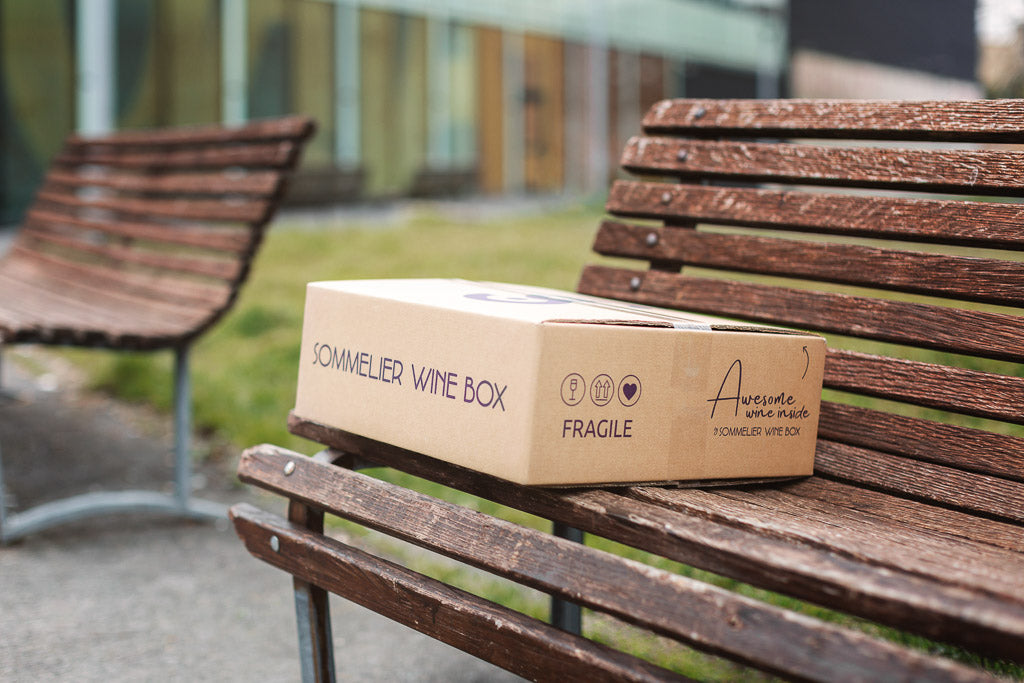After its initial subservience, the Classic Method is gaining the appreciation it deserves, increasingly emerging from the role of "minor Champagne" to which it was relegated only until a few years ago. And rightly so, since it is an excellent bubble, which offers true sensorial experiences, synonymous with quality par excellence and celebration. But the Classic Method is also a perfect wine to accompany dinner. Let's see how to combine it.
There is in fact another growing trend, which consists in enhancing the extraordinary versatility of the Classic Method at the table . So no longer just flutes to start an evening, ring in the new year or celebrate special occasions but also a wine that pairs easily and sublimely accompanies the entire dinner. A wine "for the whole meal" .
Five reasons to enjoy a Classic Method for dinner, and some suggested pairings.
1. Dinner couldn't get off to a better start. The pop of the cork already brings joy , in that magical moment of waiting before tasting, the moment in which you toast .
2. For those who pay attention to small details: the very fine chain of perlage adds an auditory element to the tasting, while the bright color is such a feast for the eyes that it prepares the palate to enjoy the pleasure of an excellent dinner.
3. The Classic Method is a refined bubble with character: it enhances the flavors of the dishes without covering them.
4. Like all bubbles, the Classic Method also cleans the taste buds: it does so by degreasing the mouth with extreme delicacy, precisely because it can count on the very fine perlage .
5. The Classic Method is easier to pair with dishes than you might think. Whether it is fish to enhance the scent of the sea, cured meats to enhance with the well-known refined freshness, first courses, second courses or cheeses that require more structure, with the Classic Method you are always on the safe side, just follow some simple principles .
What are the rules for combining the Classic Method?
If looking for rules in pairings is always rather reductive, the most important aspect to keep in mind is the structure (and therefore the complexity) of the Classic Method in relation to that of food , so that it is of equal importance.
So:
? A young and fresh Classic Method for starters and light first courses;
? One soft and aged for a long time for cheeses;
? One Rosé for structured meats or fish;
? A semi-sec or sweet Classic Method for sweets and desserts.
Any dishes to pair with the Classic Method suggested by our sommeliers?
? Prawns in a puff pastry crust with Erbaluce di Caluso Classic Method pas dosé .
? Salmon tartare with pink pepper or Milanese risotto with Classic Method Pinot Noir from Oltrepò Pavese .
? Raw seafood with Trento DOC extra brut .
? Chopped scampi, legume puree and Calvisius caviar with Franciacorta brut .
? Cured meats, fried or fatty fish with Oltrepò Pavese Classic Method pas dosè .
? Warm shellfish and avocado compote with Brut Nature Classic Method .
? Salmon with dill with Classic Method Brut Rosé from Etna .
? Mussel stew, cooked cured meats or clams or cockerel with peppers with Lambrusco Metodo Classico brut .
And in this month of March, with a selection entirely dedicated to bubbles , there's plenty to indulge in.





